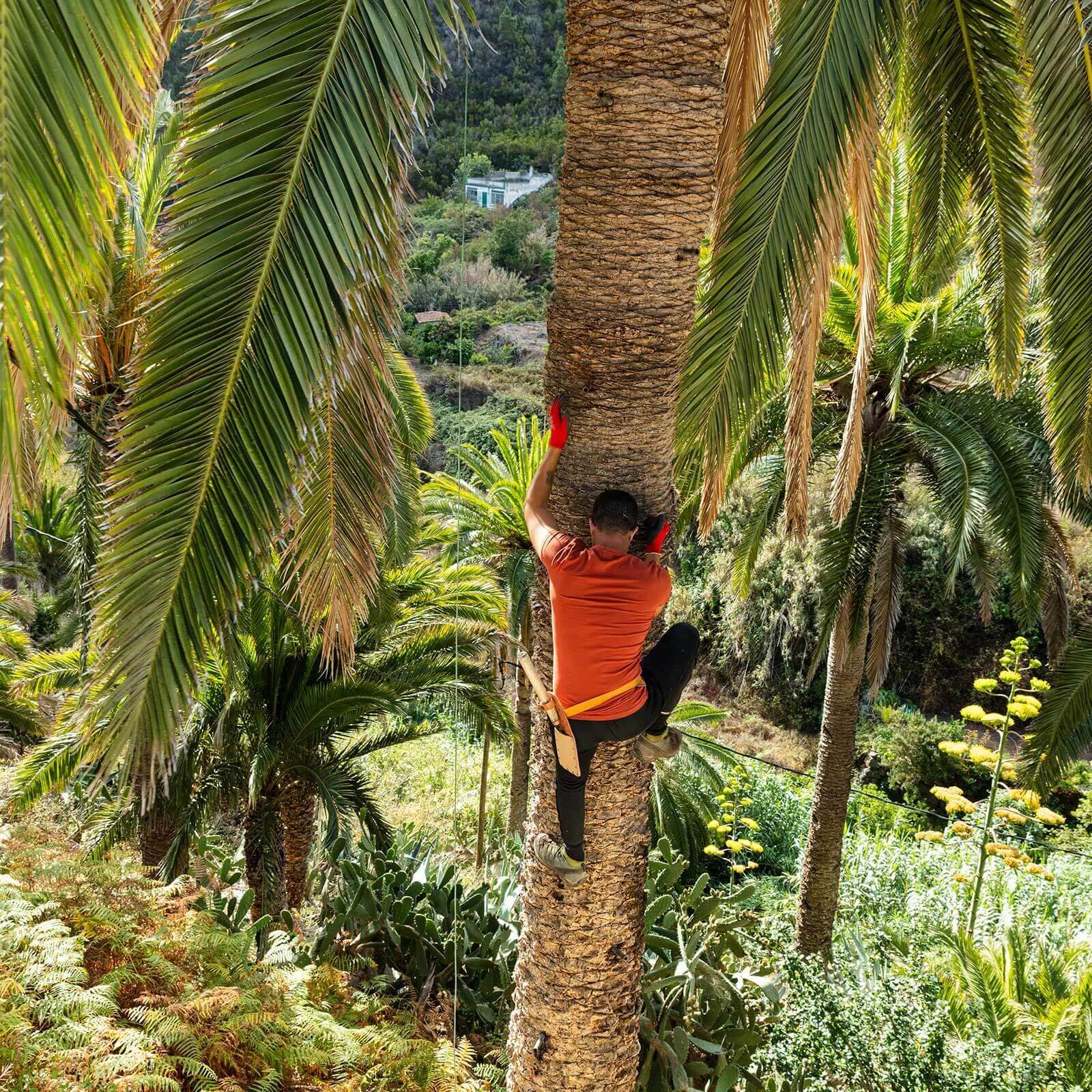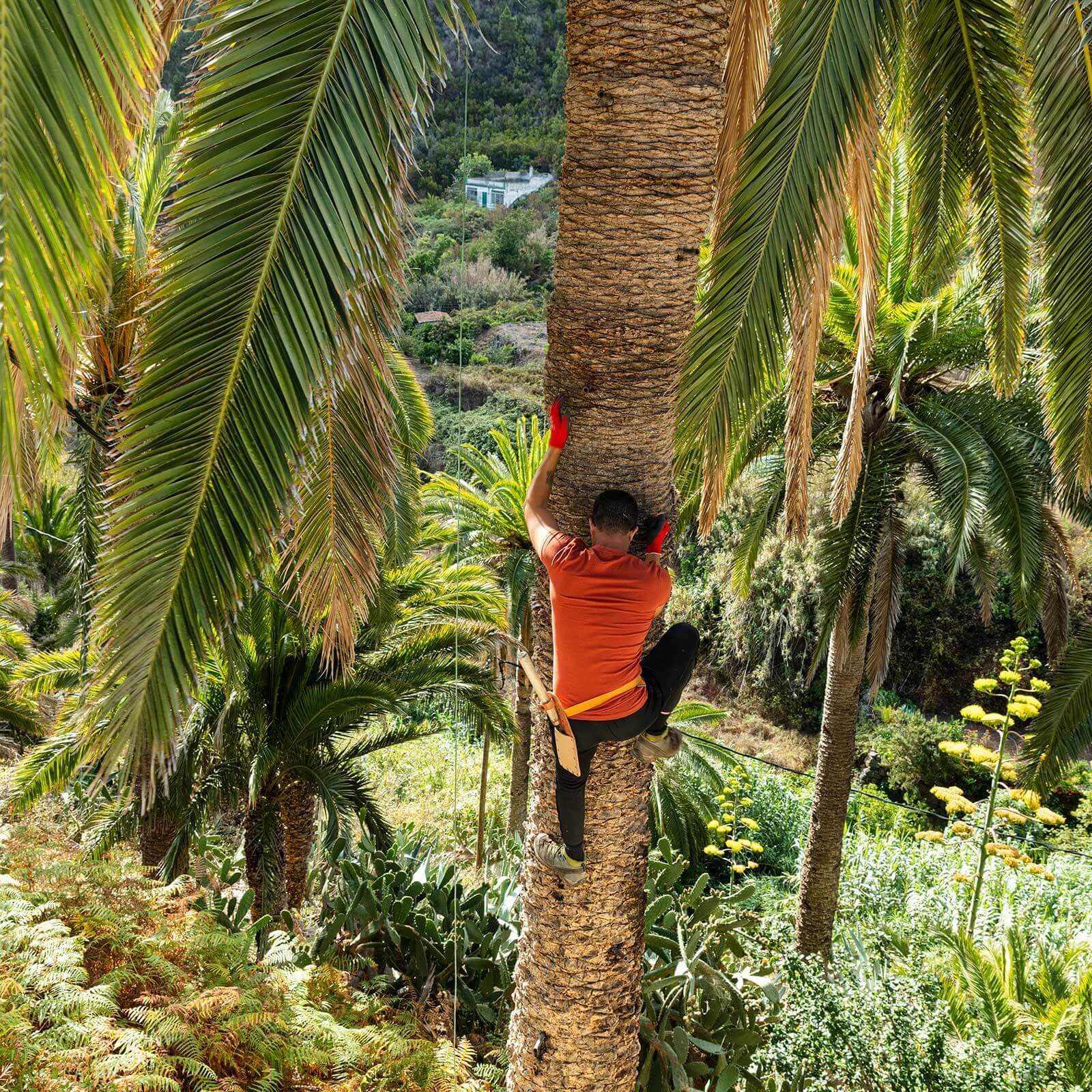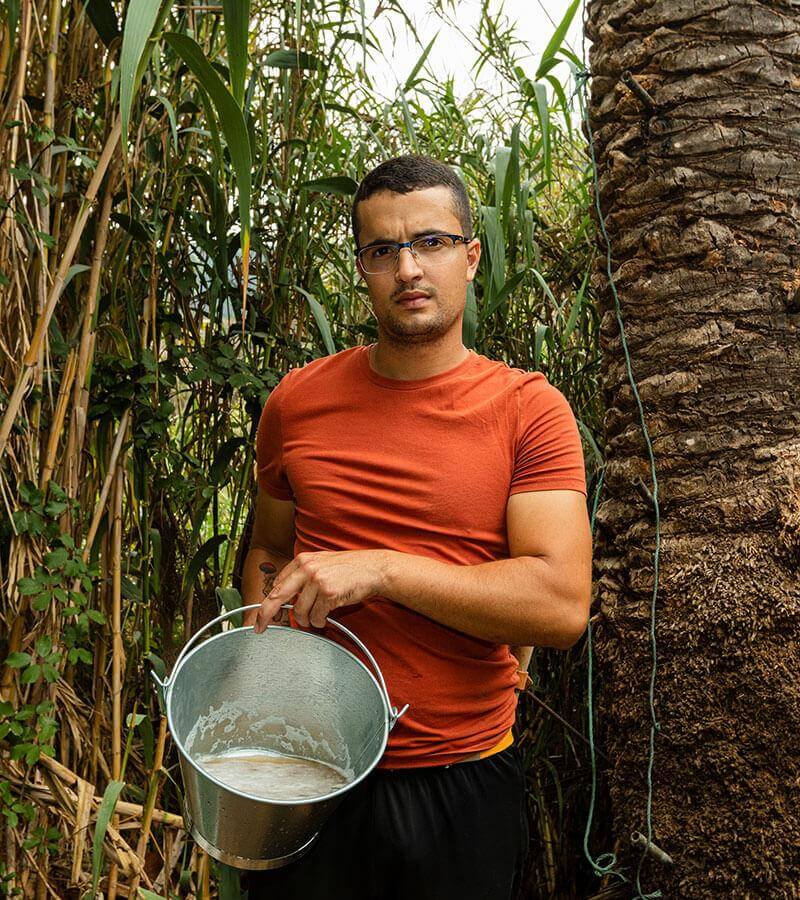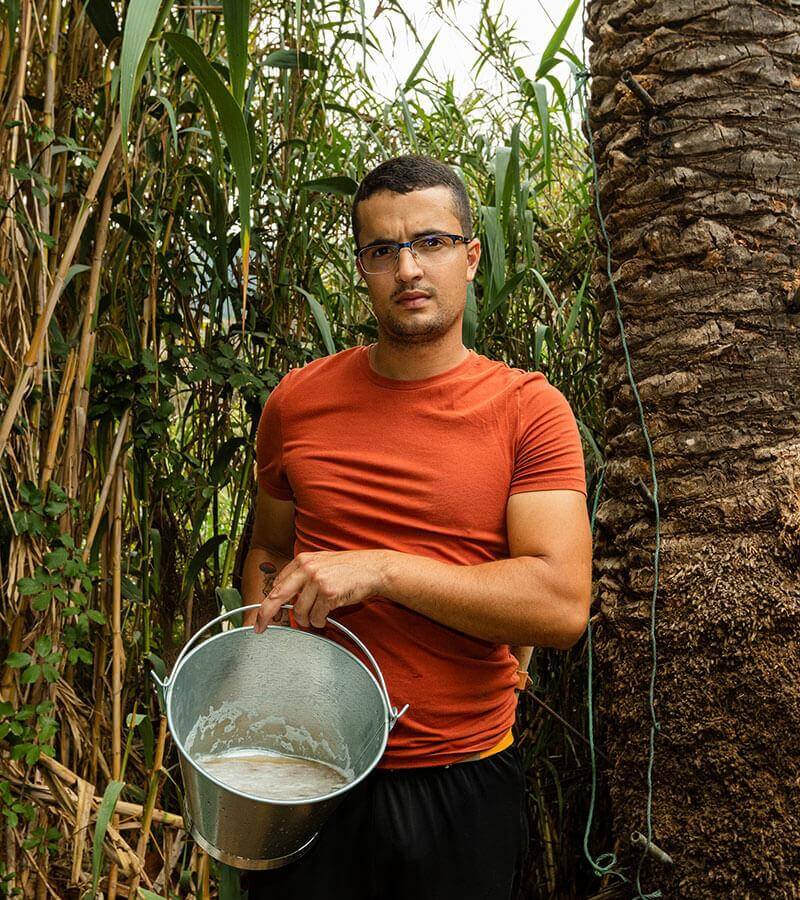Centuries ago the indigenous people of La Gomera used the sap of the Canary Islands palm tree to create “palm honey”, a sweet syrup with no additives whatsoever. Today, this ingredient is still fundamental in the confectionery and haute cuisine of the Canary Islands. Would you like to know more about this local product?
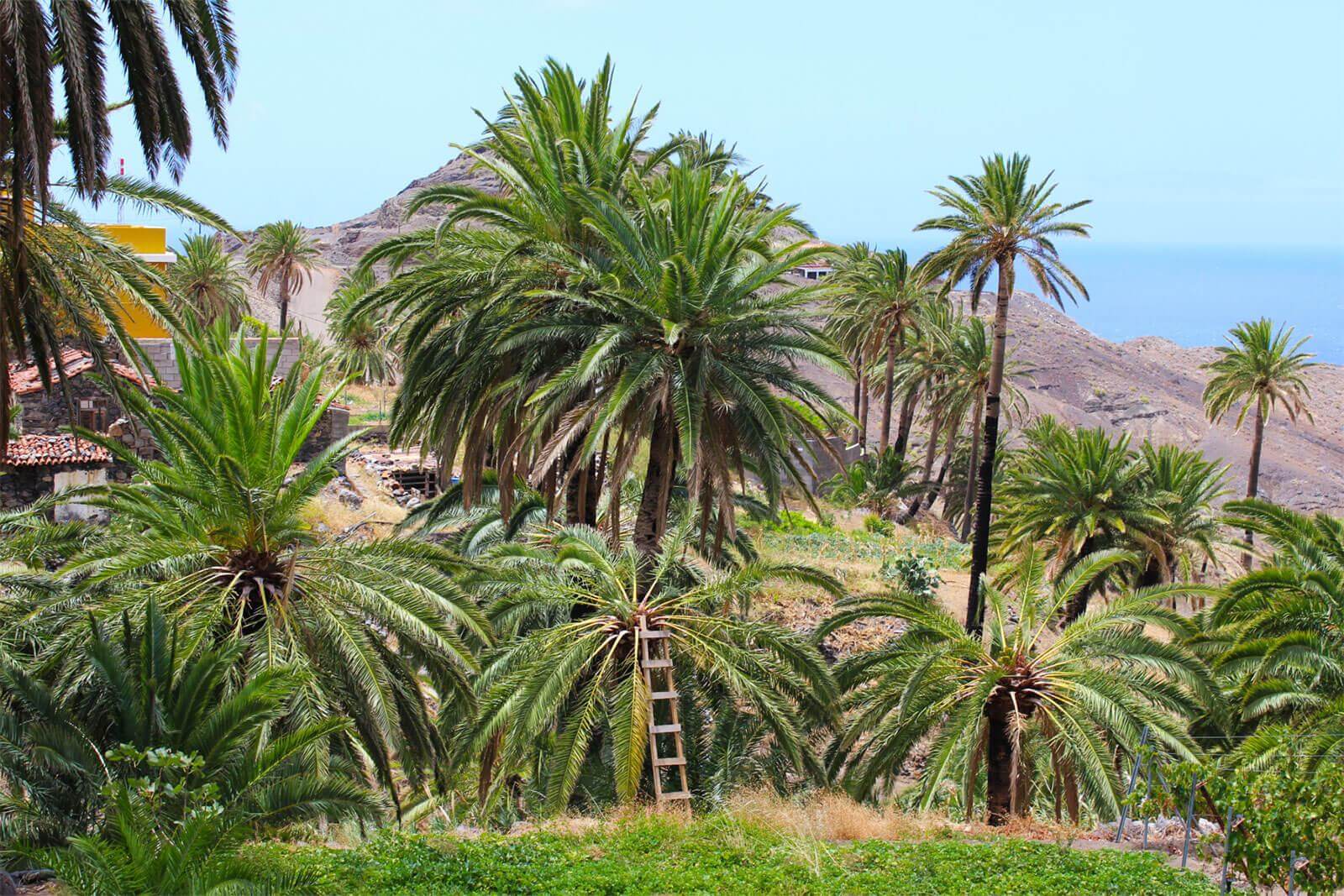
An outstanding symbol of the archipelago
Of the many species of palm tree that exist in the world, the Canary Island date palm or ‘phoenix canariensis’ is the only one that originates from the Canary Islands. It is considered the archipelago’s plant emblem by the Parliament of the Canary Islands.
Ever since the early days, Canarians have made use of every single part of the tree - stems, leaves, trunk, fruit and even the roots. And it was all used to obtain fashion and décor objects, wood for cooking or food products such as “palm honey” - an ingredient made from the sap extracted from inside the tree trunk. This is done by scraping it with a gouge. The technique ensures that the guarapo (the name given to the sap on the islands) flows out slowly and is easier to collect. It is later cooked for several hours until the reduction turns into “palm honey”.
Is the sap of the palm tree knowns as honey or syrup?
Although producers and consumers refer to it as “palm honey”, this name is not recognised by European legislation. This is because the term “honey” can only be used to refer to the sweet natural substance bees make from the nectar of plants. As a result, the product is marketed under the name of “syrup”.
“Palm honey”: origins and references
The origin of the name “palm honey” is extremely old. The first written reference to the extraction of guarapo on La Gomera is from the 15th century, and was made by the Portuguese priest Gaspar Frutuoso. In the 18th century Pedro Agustín del Castillo, a Canarian historian, also wrote about it. Since then, there have been constant references. More recently, in “Miel y palma” (1985), Antonio Quintero writes, “It is a product that also has refreshing effects and is often used as a restorative and to clear out the organism. According to the inhabitants of La Gomera, it possesses good properties for intestinal upsets”.
As a result, the Rural Development Association of La Gomera has drafted the “Accreditation report for use of the term Palm Honey”, so that the authorities of the European Union recognise and accept this expression.
This is how guaraperos work to extract the sap
The method used to prepare “palm honey” is quite curious. Let us start with the extraction: to ensure the product is fresh, first thing in the morning the guaraperos have to collect the sap that has been dripping throughout the night. On rainy days, however, the sap is not extracted, because the water spoils it, rendering it uncookable.
Moreover, to collect high-quality sap, the palm trees can only be exploited for a maximum of six months. In this way, the sap continues to flow without endangering the wellbeing of the trees. In fact, after the sap extraction, it is advisable to leave them to rest for around five years.
Another curious fact: according to the guaraperos, greater quantities of sap can be harvested from the palmón (palm tree that only produces a central stalk), especially if it is located in a humid area.
“Palm honey” in Canarian gastronomy
There are many ways of introducing this ingredient into Canarian cuisine. For example, to prepare gomerón, a refreshing homemade drink from La Gomera, you need equal amounts of “palm honey” and brandy.
The product is also used in local desserts (served with frangollo, quesillo and leche asada) and in Canarian kitchens where popular innovative culinary tendencies are deployed.
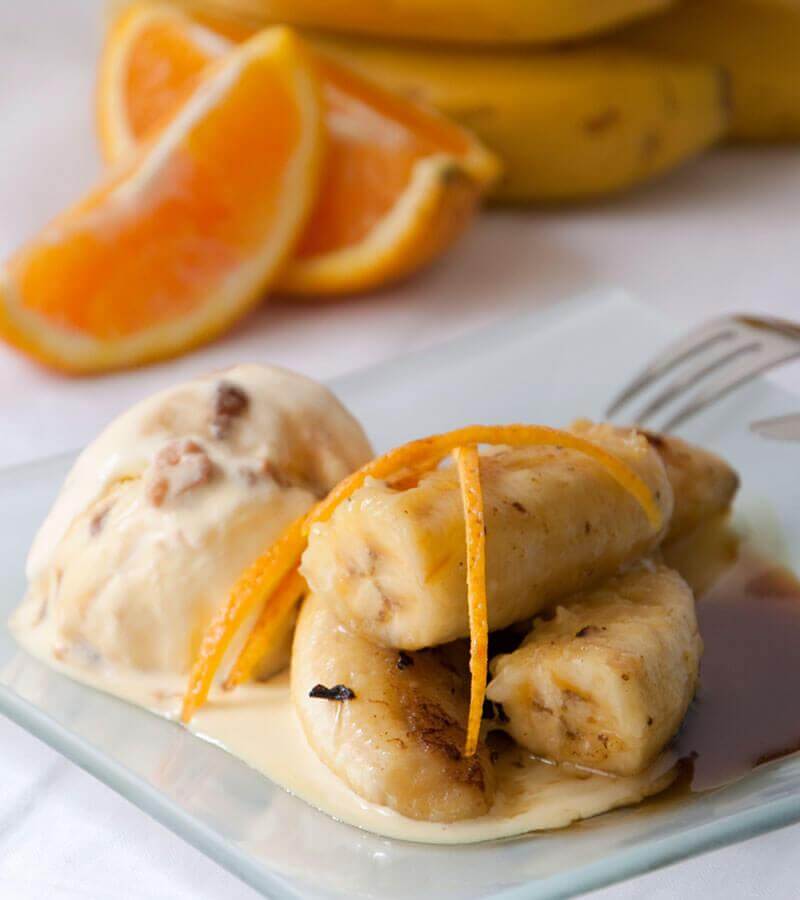
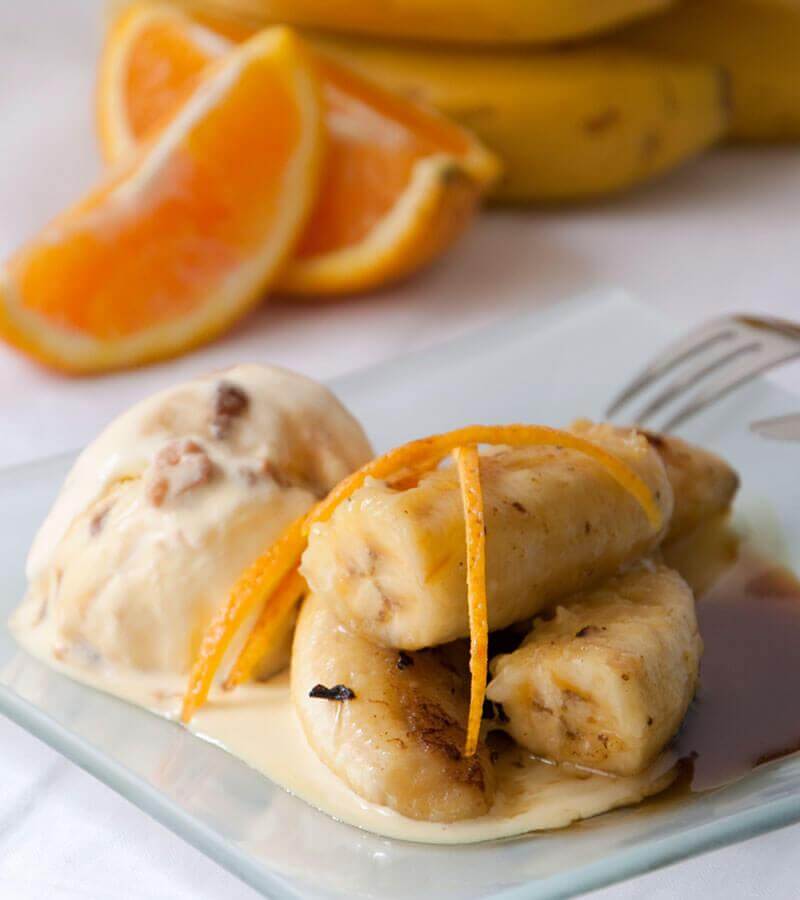
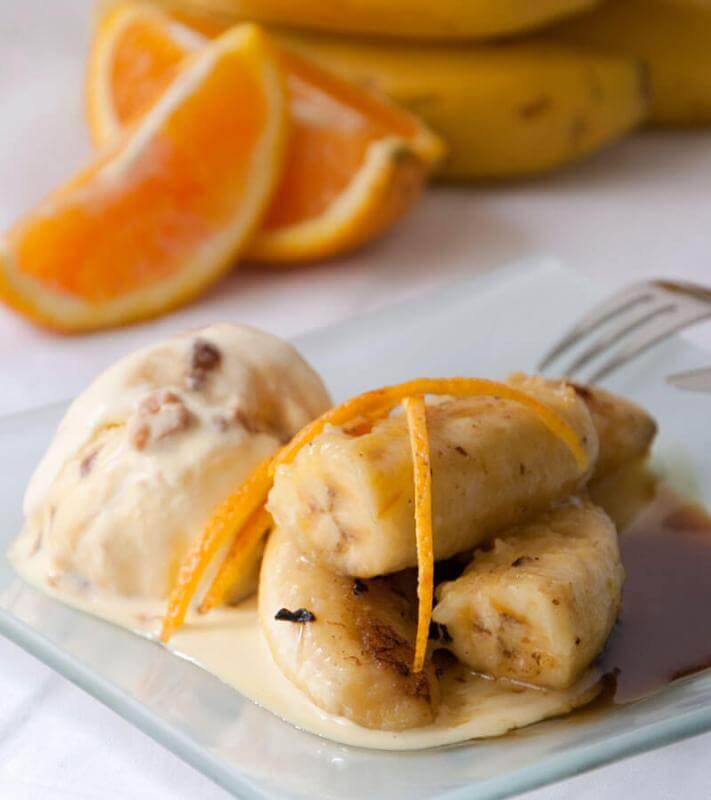
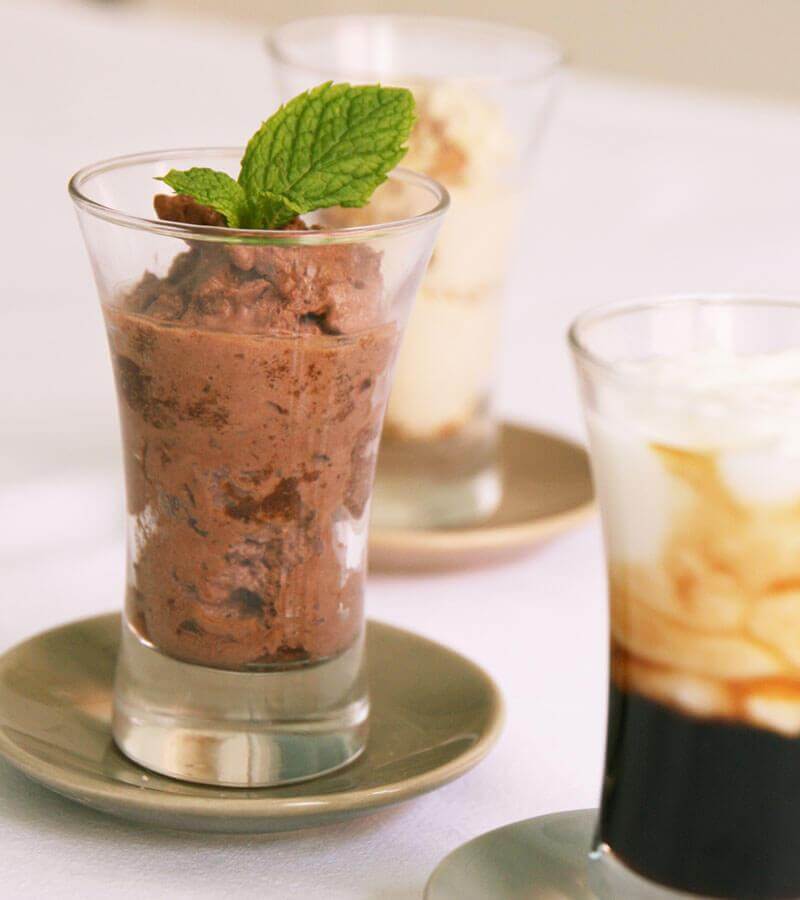
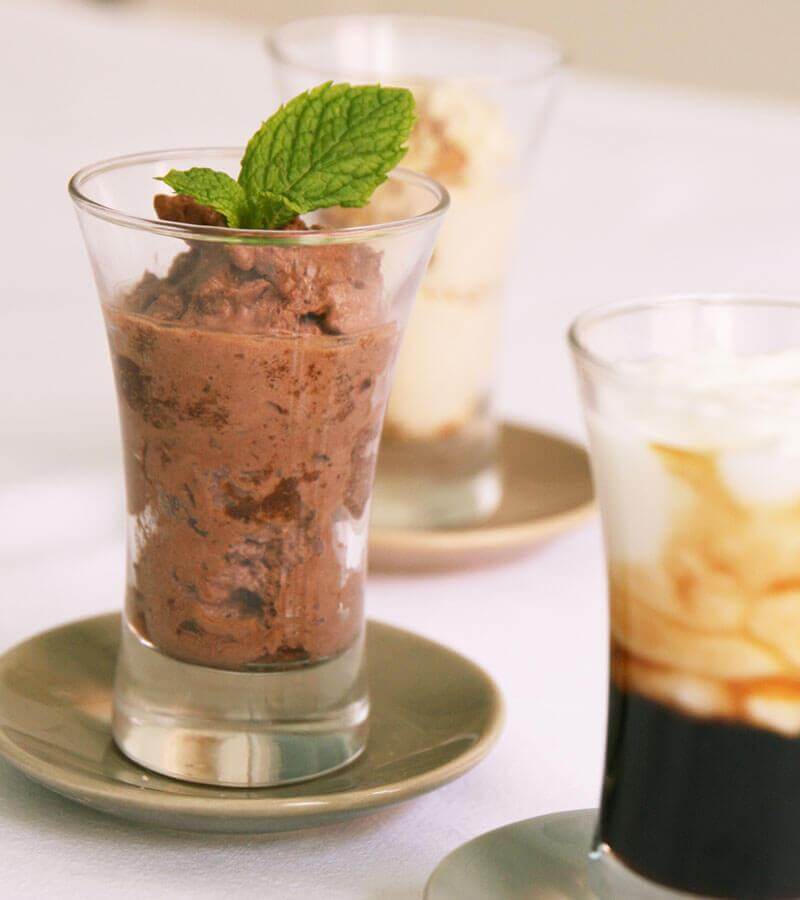

Whatever the case, “palm honey” conquers the palates of all who try it. Have you tried it yet?


